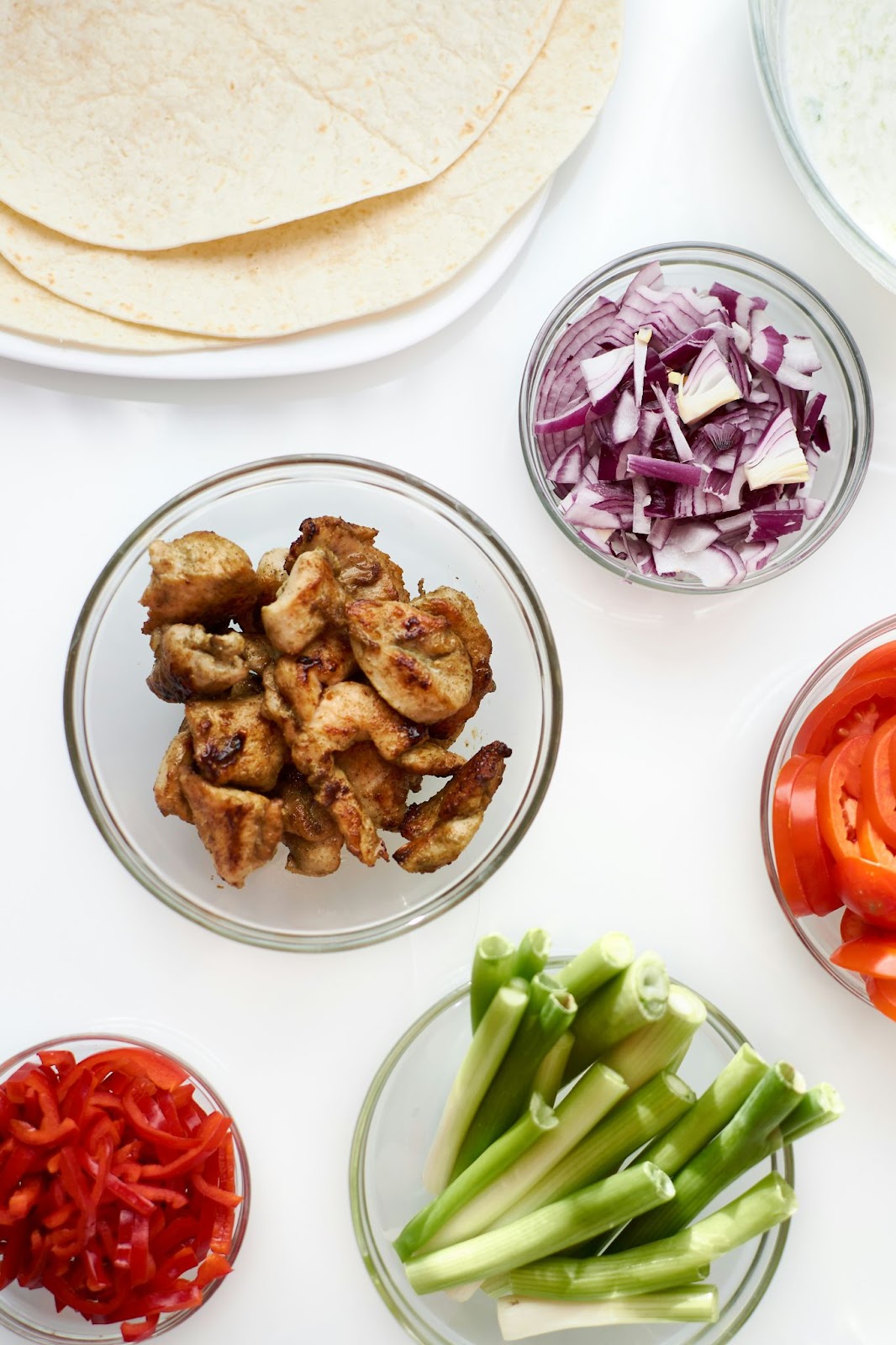Running a successful meal prep company isn't just about crafting delicious meals—it's about building a streamlined, scalable operation where every role contributes to an efficient "assembly line" from kitchen to customer doorstep. Performance management is the backbone of this system. Without clear expectations, measurable goals, and a framework for accountability, meal prep businesses often find themselves stuck with bottlenecks, errors, and unnecessary costs.
This guide is tailored specifically for meal prep operators. Unlike general restaurant or logistics content that focuses narrowly on last-mile delivery, we'll dive into performance management across your entire operation—from prep cooks and packaging teams to delivery drivers. You'll discover the right KPIs for each role, how to conduct effective performance reviews, strategies to address underperformance, and methods to recognize high achievers.
By the end, you'll have a data-backed framework to optimize staff productivity, reduce costs, and ultimately deliver a better customer experience.
Your Action Plan
Think of your operation less like a restaurant and more like a manufacturing line. Every minute saved in prep cascades down to faster packaging and smoother deliveries. Conversely, delays in the kitchen create backlogs that even the best delivery logistics can't fix.
According to Business Research Insights, the meal prep industry is projected to grow from $5.68 billion in 2024 to $12.89 billion by 2033, at a CAGR of 9.2%. That growth won't come without scaling pains. Implementing role-specific performance management practices is essential if you want to scale without sacrificing quality or profits.
A holistic performance framework connects three functions:
Managing them together ensures accountability across the supply chain of your business.
Prep cooks are the heartbeat of your operation. Their performance defines kitchen throughput, food cost efficiency, and your ultimate delivery deadlines.
Why it matters: High accuracy and efficiency in the kitchen mean every downstream process—packaging and delivery—can run without delays or errors.
If the kitchen is the engine, the packaging team is the quality control department. Their role determines the accuracy of orders and the professionalism of your brand.
Why it matters: A mispacked order creates immediate customer dissatisfaction and reduces retention. According to Foodie Coaches, "packaging accuracy" ranks among the most important metrics in food operations.
Delivery drivers are often the only face-to-face contact your customer has with your business. While logistics SaaS providers emphasize driver KPIs exclusively, in meal prep, their performance is the end result of your kitchen and packaging efficiency upstream.
Why it matters: Even if your kitchen operates perfectly, a poor driver experience can tank customer loyalty.

Performance reviews shouldn't feel like generic evaluations—they need to map directly to each role's KPIs. Here's a structure you can apply:
This structured review makes expectations clear and provides concrete data to guide discussions. Bottle's comprehensive reporting tools can help you track and analyze these metrics automatically.
High turnover in the food-service industry is often fueled by poor management practices rather than poor staff. Instead of defaulting to termination, use underperformance as an opportunity for coaching.
As PerformYard research shows, data-driven reviews and consistent coaching reduce turnover while boosting morale.
Recognition turns data into motivation. Operators who celebrate top performance create a culture of accountability and pride.
Meal prep businesses live or die on consistency. When employees feel recognized, consistency becomes something they strive for, not something they're monitored against.

It's the process of setting goals, measuring KPIs, reviewing performance, and coaching staff across the kitchen, packaging, and delivery to improve operational efficiency and customer satisfaction.
Key metrics like Meals Prepped Per Hour, Ingredient Waste %, and Portion Accuracy Score provide objective measures of productivity and consistency.
Even if a meal tastes amazing, a missing side or mislabeled container can ruin the customer experience and reduce retention.
Weekly mini check-ins paired with structured quarterly reviews offer fast feedback while also supporting long-term development.
Meal prep businesses that master performance management gain a scalable competitive edge: lower costs, smoother operations, and happier customers.
If you're ready to align data, people, and growth strategies, Bottle is here to help. Our all-in-one platform provides performance reports, efficiency tools, and expert coaching designed specifically for meal prep operators.
Ready to take the next step? Book a consultation with Bottle today and start transforming performance data into business growth.
Book your free strategy session with a meal prep growth advisor. We’ll discuss:



Book a call with a Bottle Meal Prep Advisor